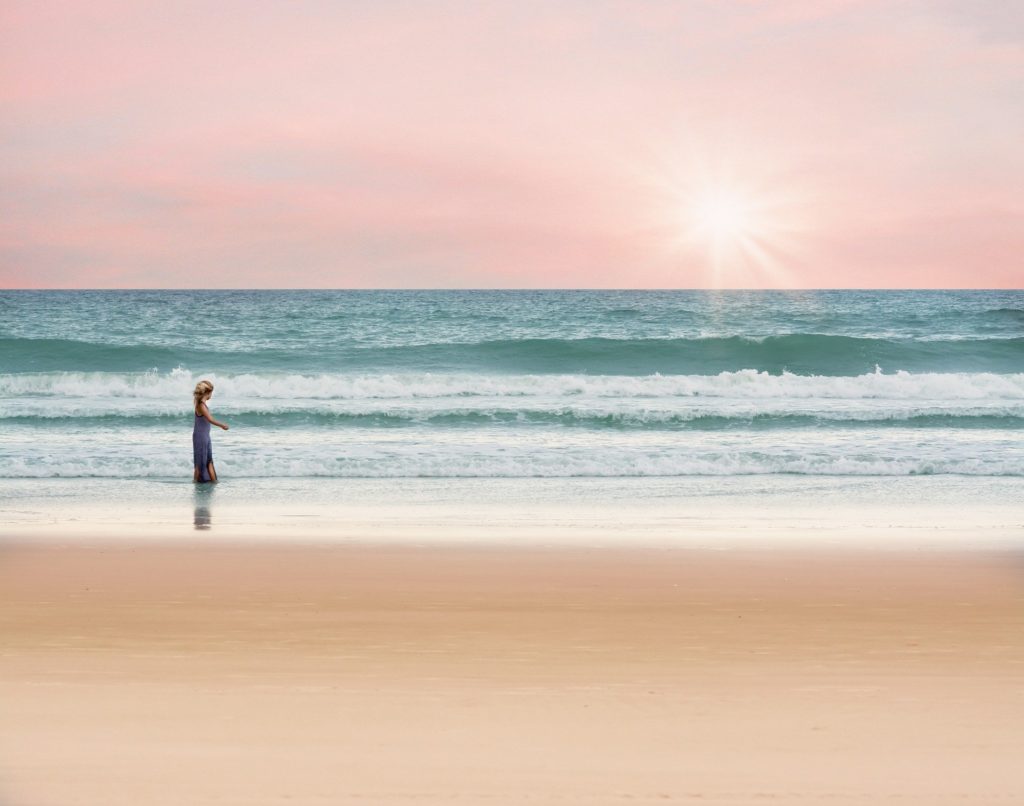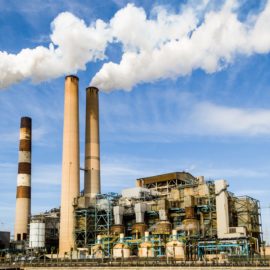
Two articles said the same things except one was on Louisiana Beaches and the other was on Mississippi Beaches.
More than half the time their water was tested, seven beaches along the Mississippi Gulf Coast showed potentially unsafe levels of fecal coliform bacteria, according to a new report from the Environment America Research and Policy Center. Just as vacationers head to the coast to beat the July heat, a new study offers a bit of caution: 82% percent of the almost 300 Gulf Coast beaches that recently underwent water testing were found to have potentially unsafe levels of fecal bacteria. In Louisiana, 21 beaches were judged likely unsafe for swimming at least one day in 2020, according to a national study of pollution at public beaches by Environment America Research and Policy Center. Cypremort Point Beach in St. Mary Parish and Rutherford Beach in Cameron Parish topped the Louisiana list with 12 unsafe days, and the popular Lake Pontchartrain beach at Fontainebleau State Park near Mandeville was just behind with 11 unsafe days. In Mississippi, each of 21 beaches tested had at least one day of high fecal bacteria levels and 16 were judged unsafe at least a quarter of the time. Alabama fared a bit better with 21 of 24 beaches showing spikes in fecal bacteria at least one day. In Florida, almost 70% of the 266 beaches were found to have at least one day when swimming wasn’t advisable.
nola.com for Mississippi Nola.com for Louisiana
There, as noted, were some of the same words so I will pick and choose between the two reports. Both were taken from the same study.
The national study used a federal database of water sampling data from almost 330 beaches in 29 coastal and Great Lakes states and Puerto Rico. About one in 10 beaches surveyed showed concerning levels of fecal bacteria on at least a quarter of the days they were tested. Fecal bacteria can cause stomach problems, lung illnesses, ear and eye infections and skin rash. Common causes for spikes in waterborne bacteria include runoff from streets and other paved surfaces, sewerage overflows, failed septic systems, pet waste and manure and fertilizer from farms. Some call this bacteria-laden stuff “nutrients,” but it’s basically poop.
Environment America’s study recommends a series of steps to curb fecal pollution:
Policymakers should protect wetlands and other natural areas that absorb runoff, and curb the spread of impervious surfaces such as streets and parking lots. Coastal areas lost about 640,000 acres of wetlands and 10 million acres of forest to development since the mid-1990s, according to the study.
Wide-ranging sewage infrastructure improvements are also needed. Many cities design their sewerage to overflow into drainage systems and waterways during heavy rains. But with the number of intense rain events on the rise, overflows are happening more frequently. By Environment America’s estimates, overflows are now happening almost 80,000 times per year into U.S. waters.
Agricultural practices across the United States should be revamped. Large “factory” farms often produce more manure than can be safely stored, the study said. Heavy rains often wash through these poop piles, eventually dumping bacteria and other pathogens into waterways frequented by beach goers.
The study said the data on which it relied is limited. The availability of test results from fewer than two dozen beaches in Louisiana, for instance, isn’t enough. Unsafe levels of contamination could be lurking at other beaches and popular swimming holes that receive no testing. “Policymakers should ensure that swimmers are presented with the best possible information to make decisions regarding their health,” the study said. “Officials should expand funding for beach testing to ensure adequate testing at all beaches.”
We are going to Cape San Blas, Florida for a week and with fewer people, it is near Port St Joe, maybe we will have cleaner ones.



